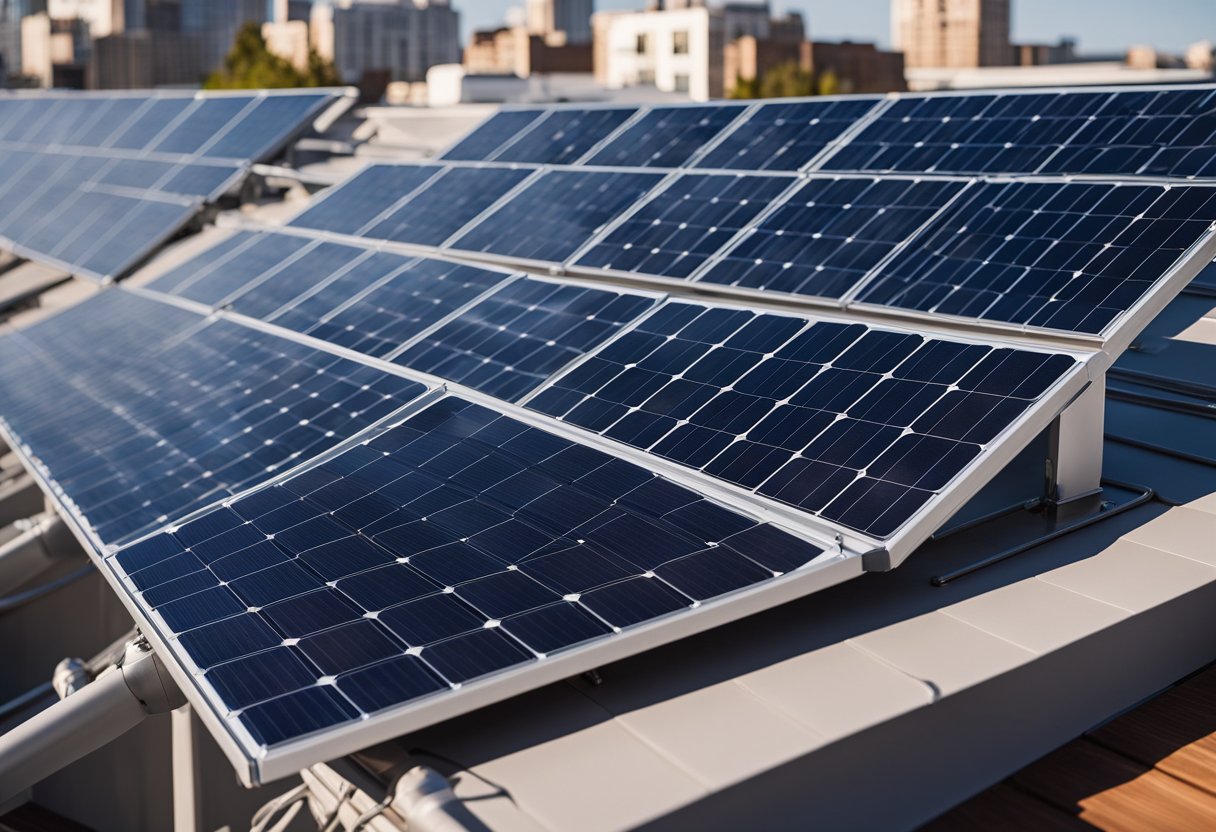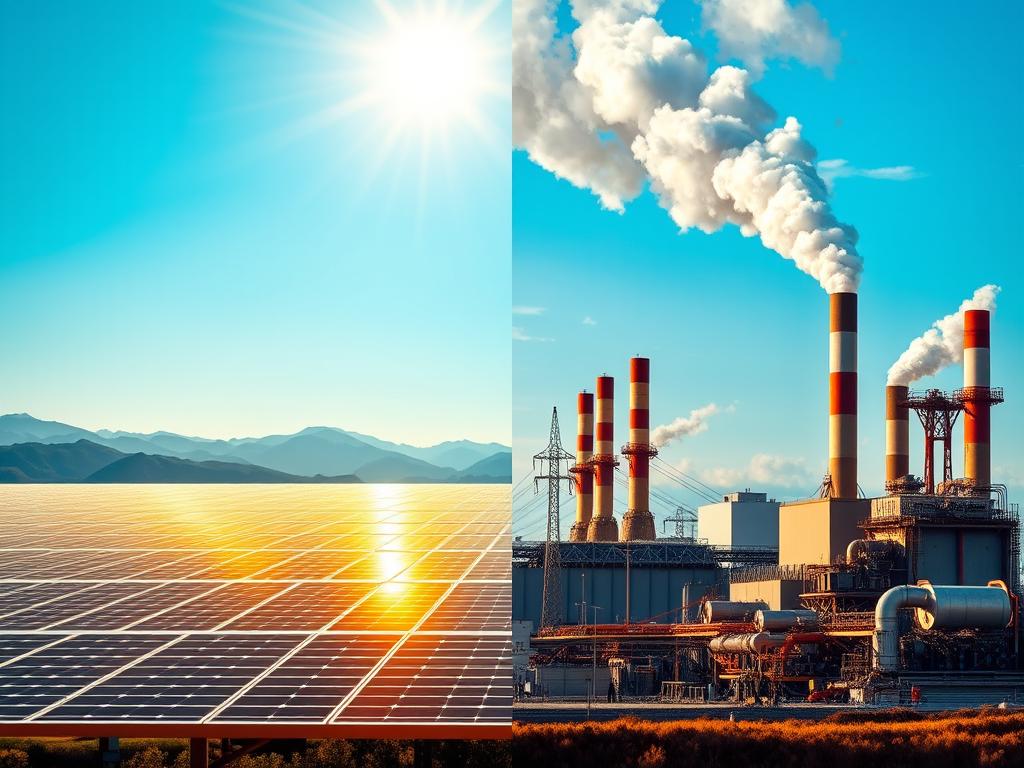Understanding Solar Panel Costs in 2025
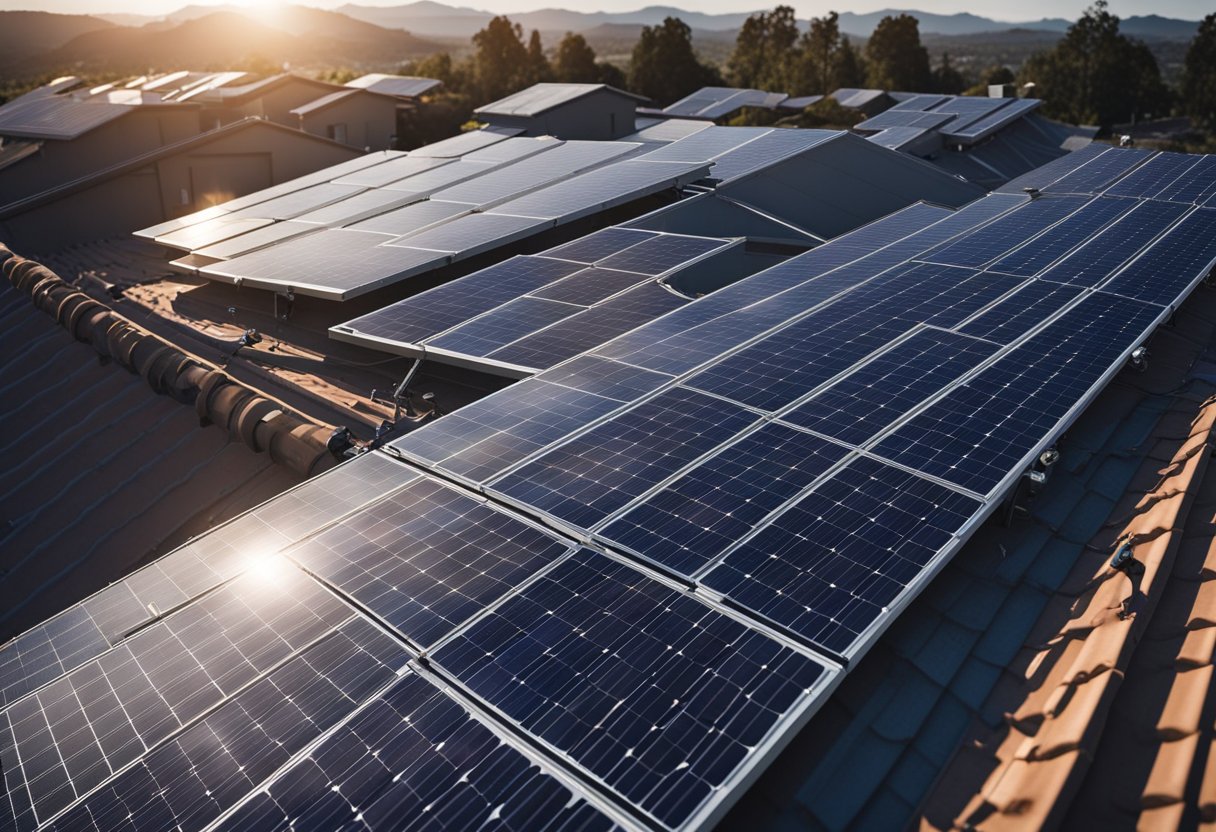
Solar panel costs are expected to decrease by 2025. New technologies and economies of scale will drive down prices. System size and efficiency will play key roles in determining overall costs.
Components of Solar System Cost
The total cost of a solar system includes several parts. Solar panels make up about 30% of the cost. Inverters, which convert DC to AC power, account for 10-20%.
Mounting systems and wiring add another 10-15%. Installation labor typically represents 15-25% of the total cost.
Battery storage systems are optional but can significantly increase costs. They allow homeowners to store excess energy for later use.
Permits and inspections also contribute to the overall price. These costs vary by location but usually make up 5-10% of the total.
Solar Panel Technology Advancements
Solar panel technology is rapidly improving. Monocrystalline silicon panels are becoming more efficient and affordable.
New materials like perovskite are showing promise. They could boost efficiency while lowering production costs.
Bifacial panels, which generate power from both sides, are gaining popularity. They can increase energy output by 5-30% in some installations.
Thin-film solar technology is also advancing. It offers flexibility and lower manufacturing costs, though efficiency is generally lower than silicon panels.
Efficiency and System Size Considerations
Panel efficiency affects system size and cost. Higher efficiency panels produce more power in less space.
Most residential panels in 2025 will likely have efficiencies between 20-25%. This is an improvement over typical 2020 efficiencies of 15-20%.
System size depends on energy needs and available space. A typical U.S. home might need a 5-10 kW system.
Larger systems cost more upfront but can lead to greater long-term savings. Smaller, high-efficiency systems may be suitable for homes with limited roof space.
Cost per watt is expected to drop to $1.00-$1.50 by 2025. This is down from $2.50-$3.50 in 2020.
Financial Incentives and Payback Period
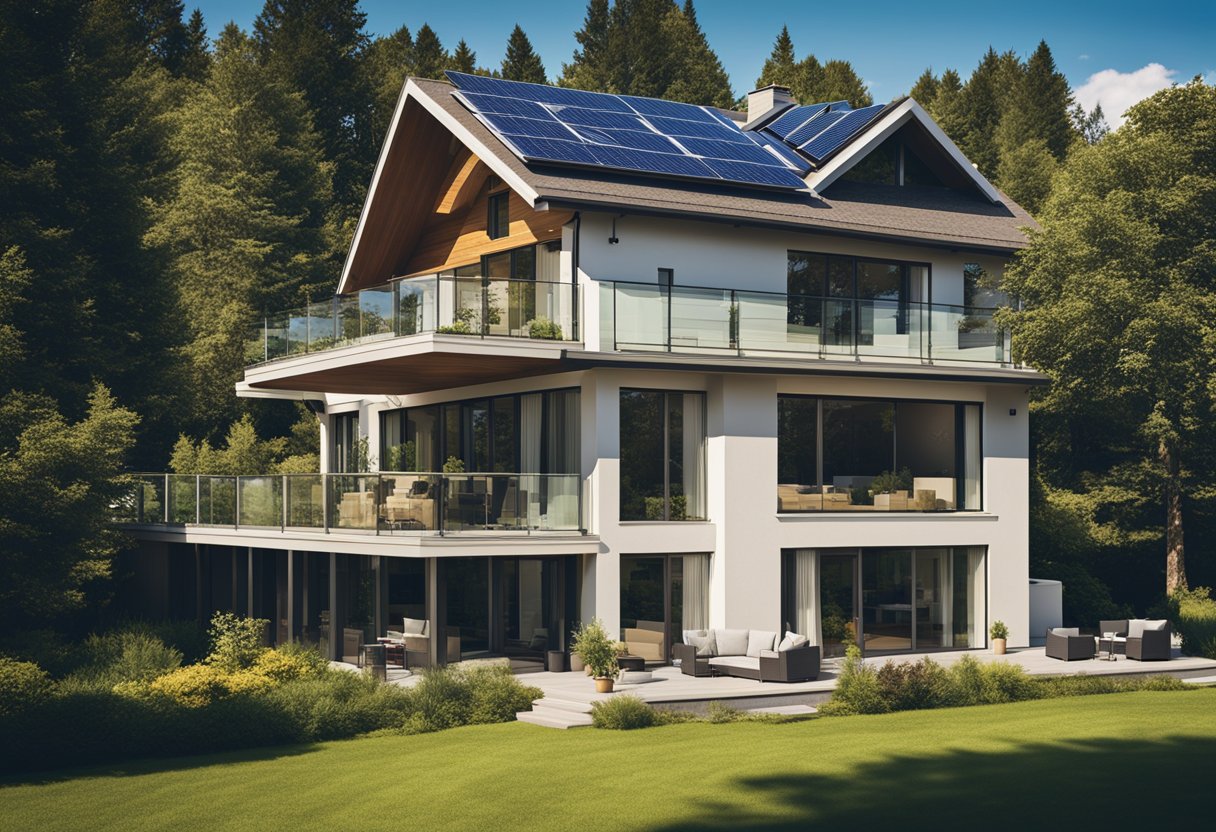
The financial landscape for solar panel installation in 2025 offers various incentives and options to make the investment more affordable. Homeowners can take advantage of federal and state programs, tax credits, and financing solutions to reduce costs and shorten payback periods.
Federal and State Incentives Analysis
The federal solar tax credit remains a key incentive for homeowners in 2025. This credit allows for a deduction of 30% of the total system cost from federal taxes. Many states offer additional incentives, such as property tax exemptions for the added home value from solar installations.
State-level programs vary widely. Some states provide performance-based incentives, paying homeowners for the energy their systems produce. Others offer upfront rebates to reduce initial costs.
Net metering policies, where utility companies credit homeowners for excess energy sent to the grid, continue to play a crucial role in many states. These policies significantly impact the overall return on investment for solar systems.
Rebates and Tax Credits
Rebates from utility companies and local governments can substantially lower the upfront costs of solar panel installation. These rebates often have a cap and may decrease as more systems are installed in an area.
The Residential Clean Energy Credit allows homeowners to claim a percentage of their solar system costs on their federal taxes. This credit is set to continue through 2032, providing long-term stability for the solar market.
Some states offer additional tax credits on top of the federal incentive. These can range from a few hundred to several thousand dollars, depending on the state and system size.
Financing Options for Homeowners
Solar loans have become increasingly popular, allowing homeowners to finance their systems over 10-20 years. These loans often have competitive interest rates and may be secured or unsecured.
Leasing and power purchase agreements (PPAs) provide options for homeowners who want to avoid upfront costs. With these arrangements, a third party owns the system, and the homeowner pays for the electricity produced.
Payback periods for solar systems in 2025 are expected to range from 5-10 years in many areas, depending on local electricity rates and available incentives. This leads to significant long-term savings on energy costs for many homeowners.
Impact and Considerations of Going Solar
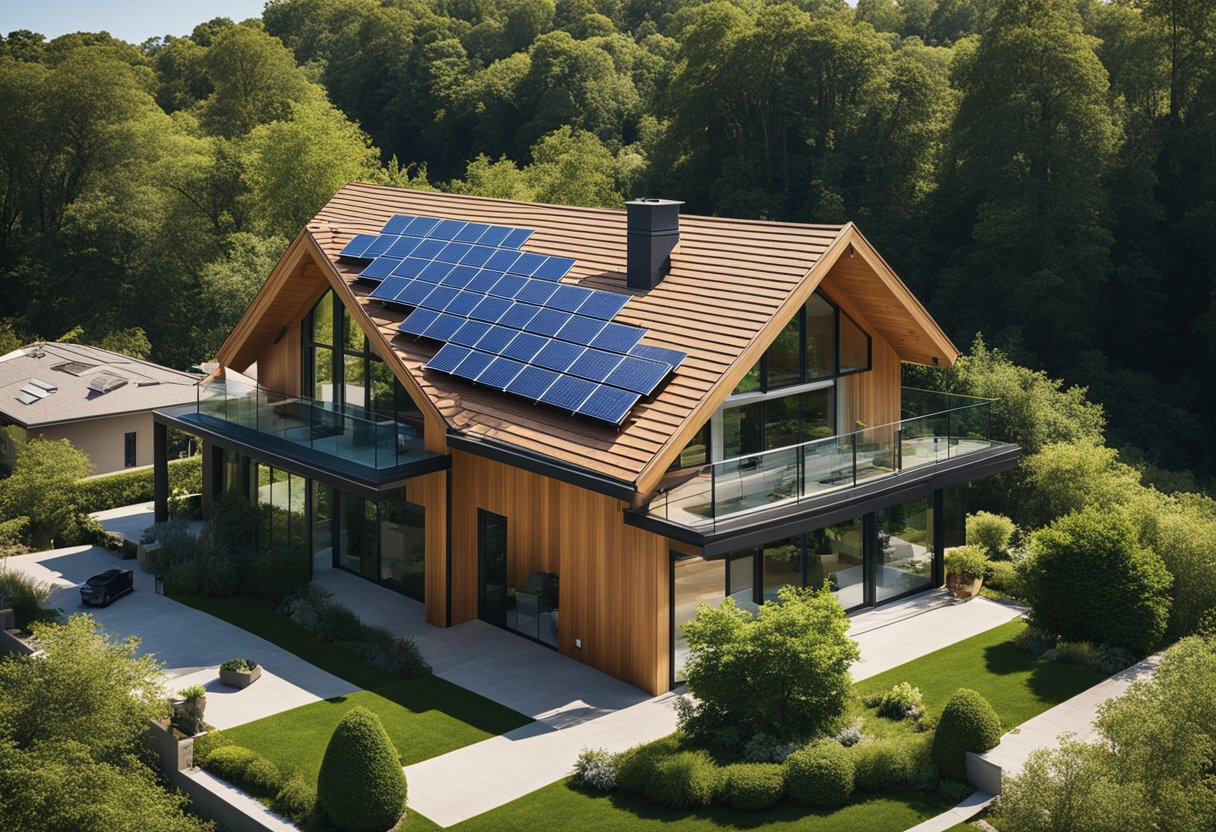
Going solar affects the environment, energy independence, and finances. Local rules and location play a big role in the decision to install solar panels.
Environmental Impact and Energy Independence
Solar energy greatly cuts carbon emissions. A typical home solar system can stop 3-4 tons of carbon from entering the air each year. This equals taking a car off the road for a year.
Solar panels help homes rely less on the power grid. This boosts energy independence. During sunny days, houses can make all the power they need. Some even send extra energy back to the grid.
Using solar also saves water. Regular power plants use lots of water to make electricity. Solar panels need almost no water to work.
Regional Variations and Local Regulations
Solar panel costs and benefits change based on where you live. Sunny states like California or Arizona get more sun, so panels there make more power.
Local rules affect solar installs too. Some areas have strict building codes. Others offer tax breaks for going solar. It’s key to check local laws before installing panels.
Roof type matters as well. Flat roofs need different mounts than sloped ones. Trees or tall buildings nearby can block sun and cut power output.
Evaluating Long-term Benefits and ROI
Solar panels can save money over time. The average U.S. home can save $10,000 to $30,000 on power bills over 20 years with solar.
Panel prices keep falling. The cost of solar modules has dropped a lot in recent years. This makes the payback time shorter.
Solar can also boost home value. Houses with solar often sell for more than those without. The exact amount varies by location and system size.
Panels last a long time, often 25-30 years. They need little upkeep. Most just need cleaning now and then. This helps keep long-term costs low.
